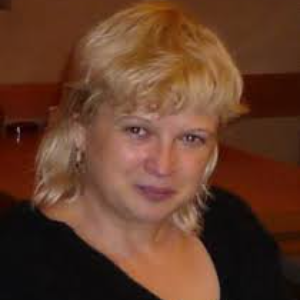Title : Synergistic behavior between the nanounits of gold nanoparticles/2-D matrix of layered double hydroxides heterostructures for facilitating plasmonic catalysis
Abstract:
Solar-to-chemical energy conversion by plasmon-driven photocatalysis is one of the sustainable approaches for energy production. Plasmonic metal nanoparticles (NPs) are characterized by their strong interactions with electromagnetic radiation (for example, photons) through an excitation of localized surface plasmon resonance (LSPR). By engineering the LSPR response on a catalyst-molecule interface a surface electronic state with an optimized energy can be created at will to selectively modulate solar-to-chemistry conversion capabilities. Recent investigations have shown that it is possible to broaden the functionality of LSPR characteristics in heterostructured catalysts formed by close junctions of a plasmonic nanounit, which amplifies and concentrates the photons energy within the material and, a non-plasmonic nanocomponent that is able to play the role as support and further to extract the plasmon energy in the form of electronic excitations to perform a targeted catalytic function [1]. This work presents heterostructures of AuNPs/LDH revealing their synergistic functionalities of the coupled nanounits and how this can be tuned to effectively harvest light in plasmonic hybrid catalysis. The ease of the synthesis strategy of AuNPs/LDH was exploiting the manifestation of LDH “structural memory” in AuCl3 aqueous solution, at room temperature. By this “green” strategy the LDH contributed not only to confine and stabilize AuNPs on its larger nanoplatelets but was directly involved in the synthesis of AuNPs. The characteristics of the plasmonic induced charge separation (PICS) and/or co-catalytic effects in targeted photocatalytic processes were studied by XPS and EXAFS measurements. Moreover, results revealed that the metal-support interactions (MSI) in the coupled nanounits are influenced by the type of light used for irradiation. The irradiation by solar light promoted the manifestation of the plasmonic effect of AuNPs and increased the performance of plasmonic catalysis for AuNPs/LDH heterostructured catalysts. We found that the composition of LDH was directly entangled to the tailored electron transfer and the performances of the catalysts.
These results show that 2D matrix of LDH is more than merely an inert support and its tailored functionalities can be applied to obtain advanced nano-heterostructures with plasmonic metals for targeting performance in plasmonic catalysis.
What will audience learn from your presentation?
- The ease of preparation and effective cost strategies to design the fabrication of heterostructured nanoarchitectonics.
- Specific interactions with the support, that are entangled to the rearrangement of electrons, modulated by harvesting the light energy on a plasmonic/non-plasmonic catalytic interface.
- The synergistic multifunctionality of the heterostructured nano-units enhances the performances in plasmonic catalysis.
The ease of the fabrication strategy of the novel heterostructures, capable of enabling interesting applications in different wavelength ranges, is a sustainable approach to obtain highly performant catalysts for energy production by exploiting hybrid plasmonic catalysis.


